‘And thus does the demonisation of fashion play on’: Fashion is the enemy in Cruella
It is one of Hollywood’s most beloved, if increasingly inane, cliches: fashion standing for all that is morally corrupt in the world, writes Vanessa Freidman
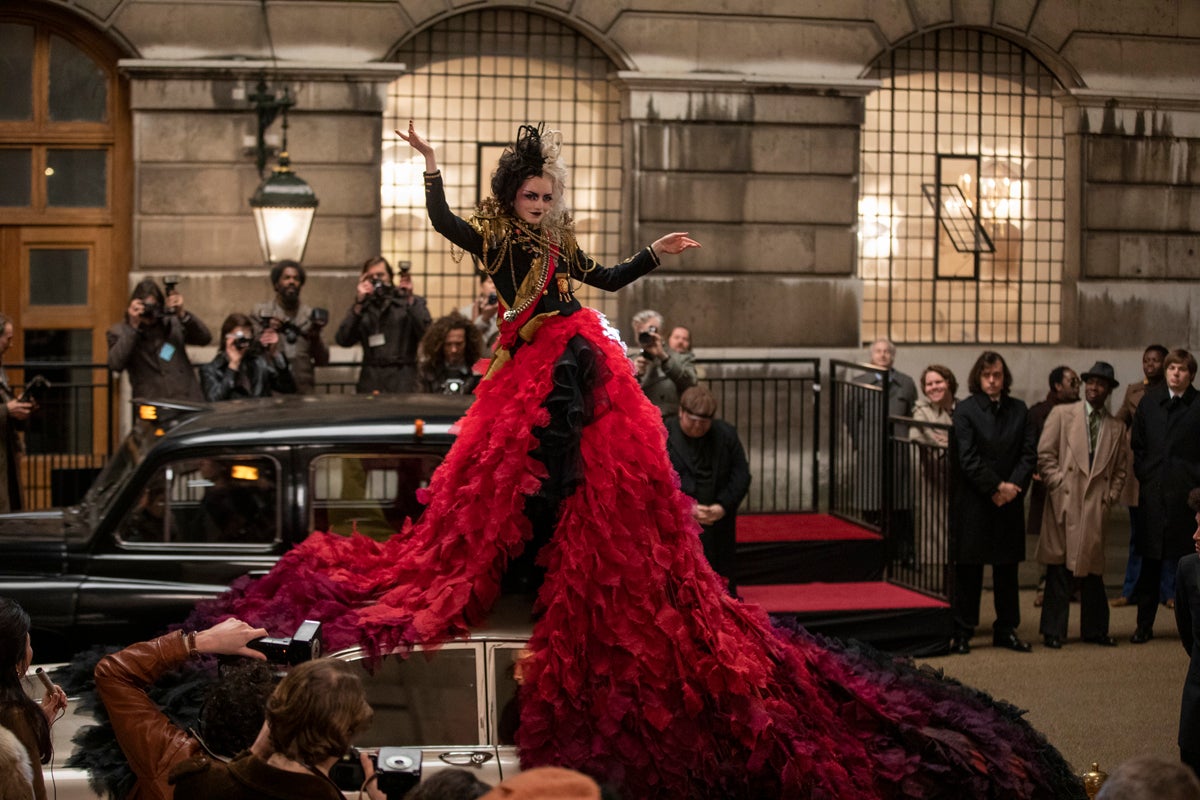
Your support helps us to tell the story
From reproductive rights to climate change to Big Tech, The Independent is on the ground when the story is developing. Whether it's investigating the financials of Elon Musk's pro-Trump PAC or producing our latest documentary, 'The A Word', which shines a light on the American women fighting for reproductive rights, we know how important it is to parse out the facts from the messaging.
At such a critical moment in US history, we need reporters on the ground. Your donation allows us to keep sending journalists to speak to both sides of the story.
The Independent is trusted by Americans across the entire political spectrum. And unlike many other quality news outlets, we choose not to lock Americans out of our reporting and analysis with paywalls. We believe quality journalism should be available to everyone, paid for by those who can afford it.
Your support makes all the difference.There is a scene about halfway through Cruella, the newly released Disney origin story for the 101 Dalmatians baddie, in which the Baroness, a fashion designer diva played by Emma Thompson, is sipping champagne with her new employee, a would-be designer named Estella played by Emma Stone, and lecturing her on what it takes to succeed in the business.
“You can’t care about anyone else,” the Baroness says, pursing her perfect blood-red lips and baring her perfect white teeth. “Everyone else is an obstacle. You care what an obstacle wants or feels, you’re dead. If I cared about anyone or thing, I might have died like so many brilliant women with a drawer full of unseen genius and a heart full of sad bitterness. You have the talent for your own label. Whether you have the killer instinct is the big question.”
As it turns out, she means “killer” literally, as does Estella (alter ego: Cruella), who, in return, narrows her eyes and replies, “I hope I do,” setting up an epic-to-the-last-ruffle battle waged in dramatic sheaths, punk leather jackets, fire and straight pins.
You’ve heard of chewing the scenery? They chew the satin (as do moths, in one scene).
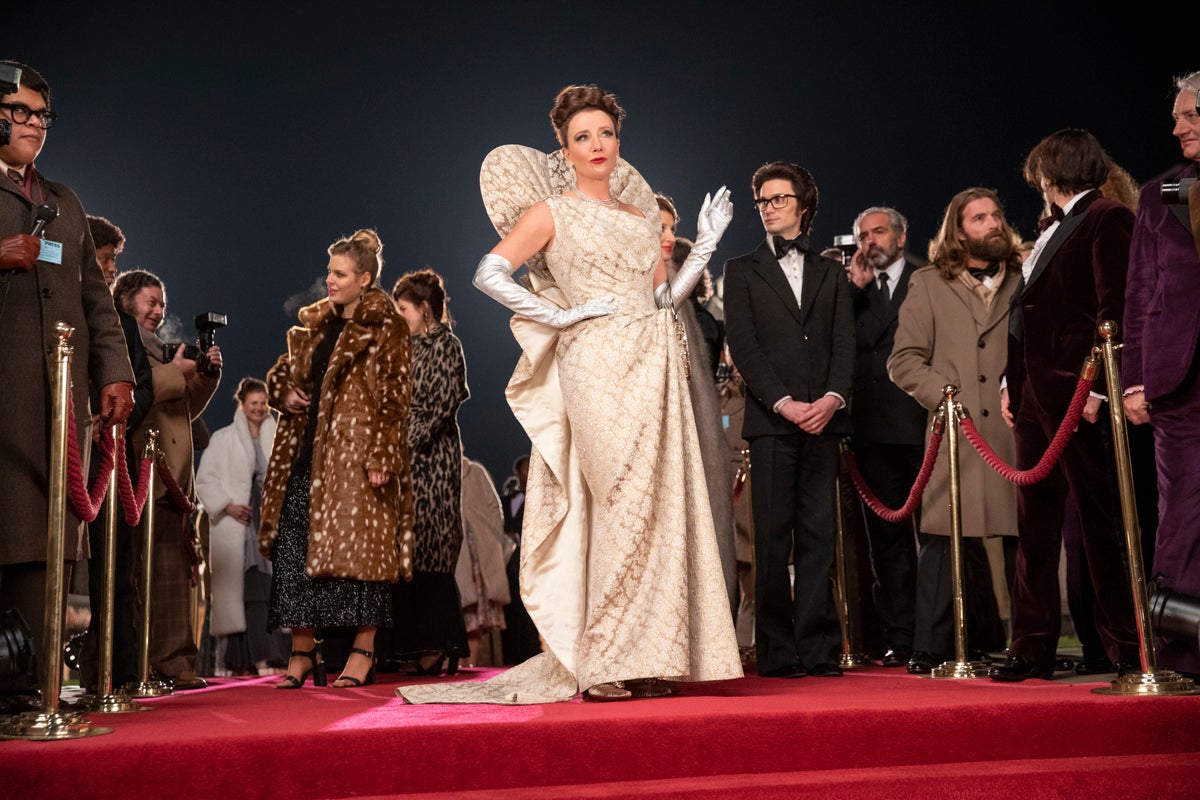
And thus does the demonisation of fashion play on, its role as shorthand for all that is morally corrupt and venal in the world continues. It is one of Hollywood’s most beloved, if increasingly inane, clichés.
For as long as there have been films set in the fashion industry, that world has been portrayed as a gilded cesspool of caricatures, cattiness and occasionally criminality, with a twisted value system far removed from the cornfield heart of everyday life, no matter whether the film in question is a comedy, dramedy, satire or musical.
We tend to think of bankers as avatars of evil in pop culture, but fashion designers are just as ubiquitous
Consider what the New York Times described as the “pertinacious troupe of style-magazine super-worldlings” in its review of Funny Face, the 1957 Hepburn-Astaire film it also noted proved that “there is nothing more illusory in our times than the costly adornment of females”.
Or think of Diana Ross’s would-be designer forced to choose between moral bankruptcy (as represented by fashion) and true love (social activism) in the 1975 film Mahogany; the collection of cheating, preening narcissists that compose the designers and editors in Prêt-à-Porter in 1994; the idiotic designer and agent-turned-murderous-masterminds of Zoolander in 2001 and Meryl Streep’s famously autocratic magazine editor in The Devil Wears Prada in 2006.
Even Phantom Thread, the much-praised 2017 study of relationship-power dynamics starring Daniel Day-Lewis as a Balenciaga-like mid-century couturier whose genius justifies all sorts of obsessive-compulsive behaviour using fashion as a stand-in for abuse.
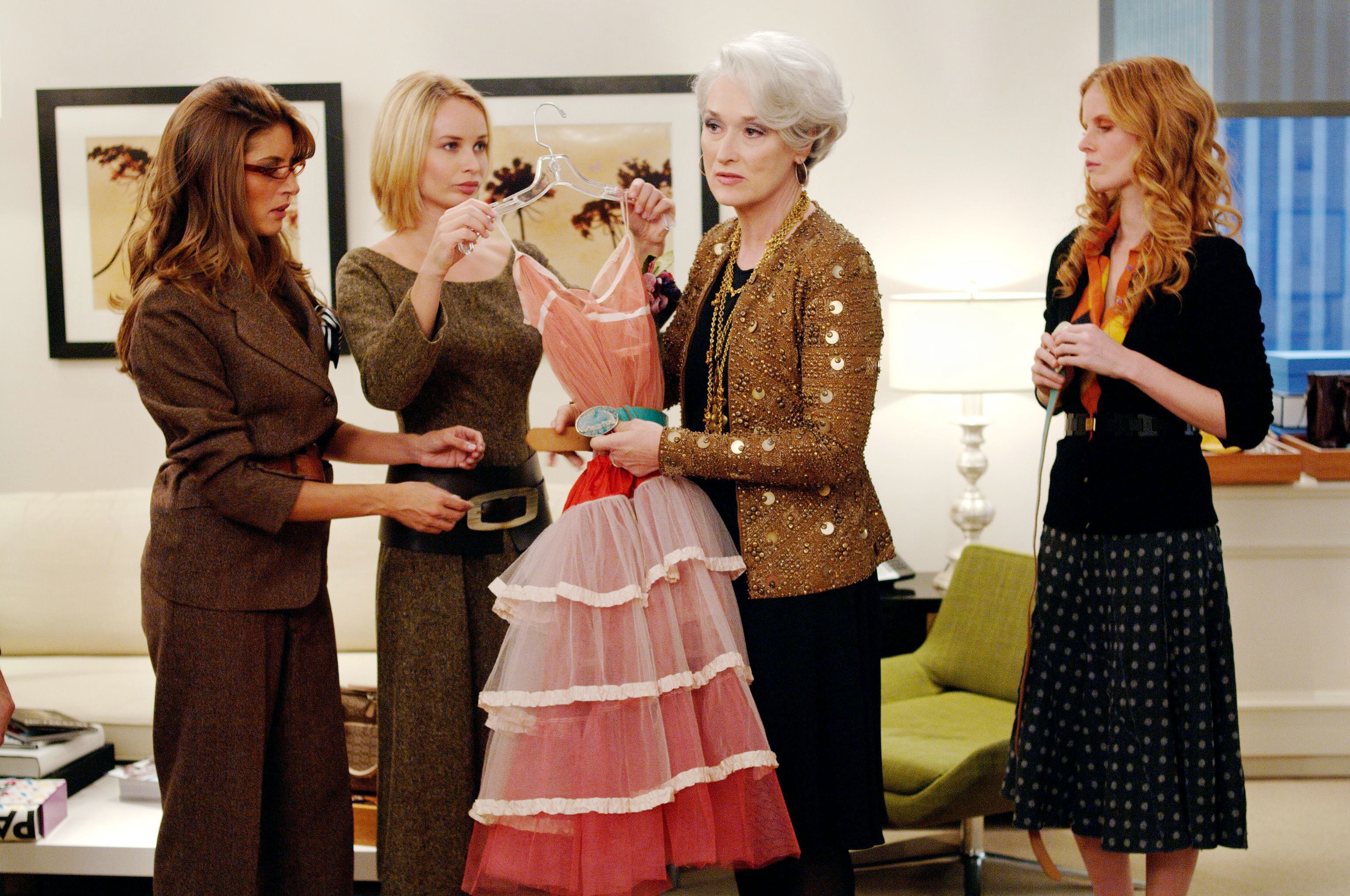
We tend to think of bankers as avatars of evil in pop culture but fashion designers are just as ubiquitous. If the one is vilified for its worship of filthy lucre, the other is tarred by its worship of frivolous lamé. Either way, they are seen as false idols begging to be knocked off the pedestal and into the dirt.
Acceptance
“Fashion is just such an easy target,” says Valerie Steele, the director of the museum at the Fashion Institute of Technology, New York, who said she became interested in the industry partly to understand why it was so “demonised”.
“In people’s subjective experience, fashion is mixed in with questions of coolness and popularity,” says Steele, who traces such questions back to school and the issue of social acceptance.
“Those perceptions get formed really early,” she says. “Then the stereotypes as seen on film overlap with everyone’s lived experiences and seem true.”
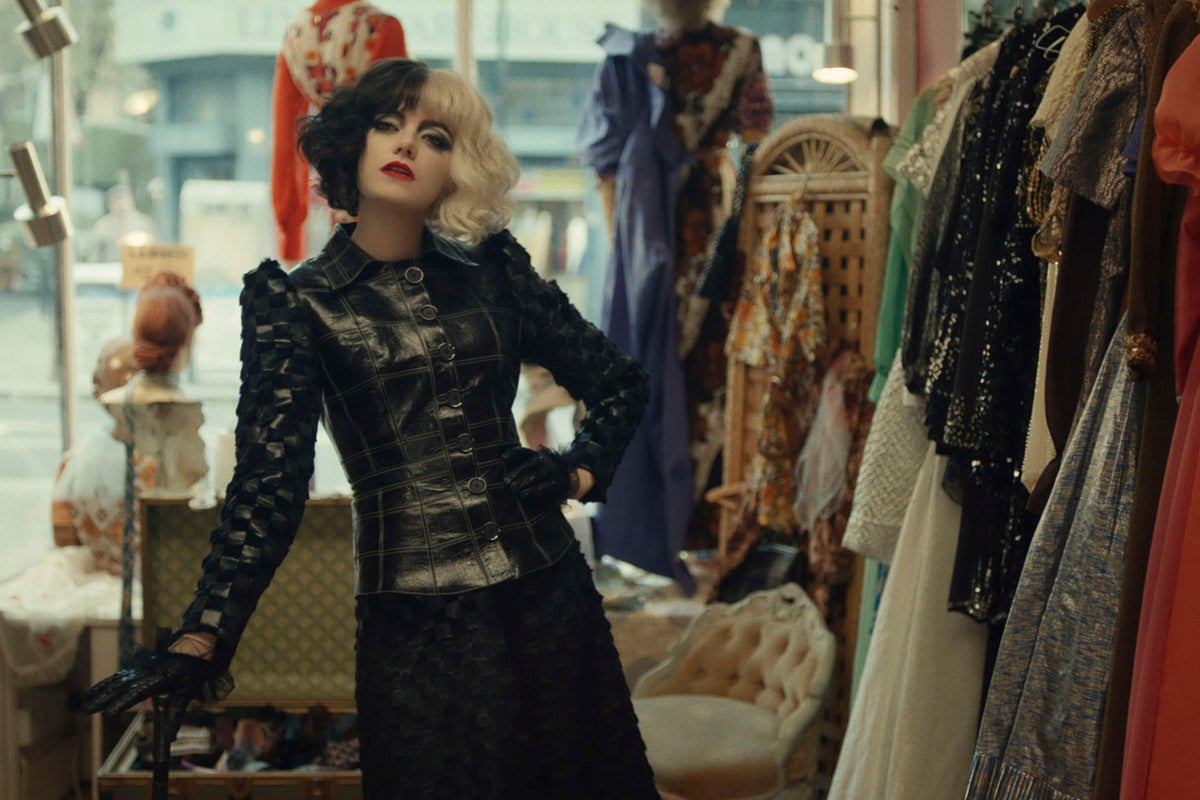
Because everyone has been exposed to fashion on some level, everyone has opinions about it. Often those opinions are coloured by irritation at the idea of being told what to wear.
Joanna Coles, the former editor-in-chief ofCosmopolitan magazine and executive producer of US TV show The Bold Type, says: “At the heart of the problem is the ludicrous idea that if you don’t change what you are wearing every six months, you are somehow ‘out’.” That someone, somewhere, thinks what you are wearing is not good enough.
It often feels that not only are these designers pretentious and the clothes impossible to afford, but you are being tantalised by something you can’t have
Often, because fashion was for so long one of the few industries where women could rise to the top, those someones were women and often their power was viewed with discomfort by those on the outside precisely because they were working women who had succeeded and had to be defeminised or turned into the Wicked Witch of the West, albeit with better clothes.
Wendy Finerman, the producer of The Devil Wears Prada, asks: “Where are the caricatures of the most powerful, evil women in the world?” She was speaking rhetorically because she then offered her answer: “Fashion.”
Meaning, if you have a character who is supposed to be powerful and evil, the fastest way to convince viewers of her flaws is to make her a designer or an editor. Like the current Cruella de Vil, who was not always a fashion designer.
Damning
In 101 Dalmatians, the 1956 book by Dodie Smith, Cruella was the wife of a wealthy furrier, as she was in Disney’s first animated film, in 1961. It wasn’t until Glenn Close embodied her in the 1996 live-action version that she became a designer in her own right, running the House of DeVil.
But Cruella takes the story line to a new extreme, jettisoning fur for the fashion world generally, giving Cruella a designer dream and upping the ante with her great rival/mentor, the Baroness, who runs a couture house and swans around in stylised sheaths, stealing ideas and hurling barbs. It adds society galas, fashion shows, vintage stores, Liberty of London, sewing machines and the idea that it is through fashion that Cruella is freed to be her true, dastardly self.
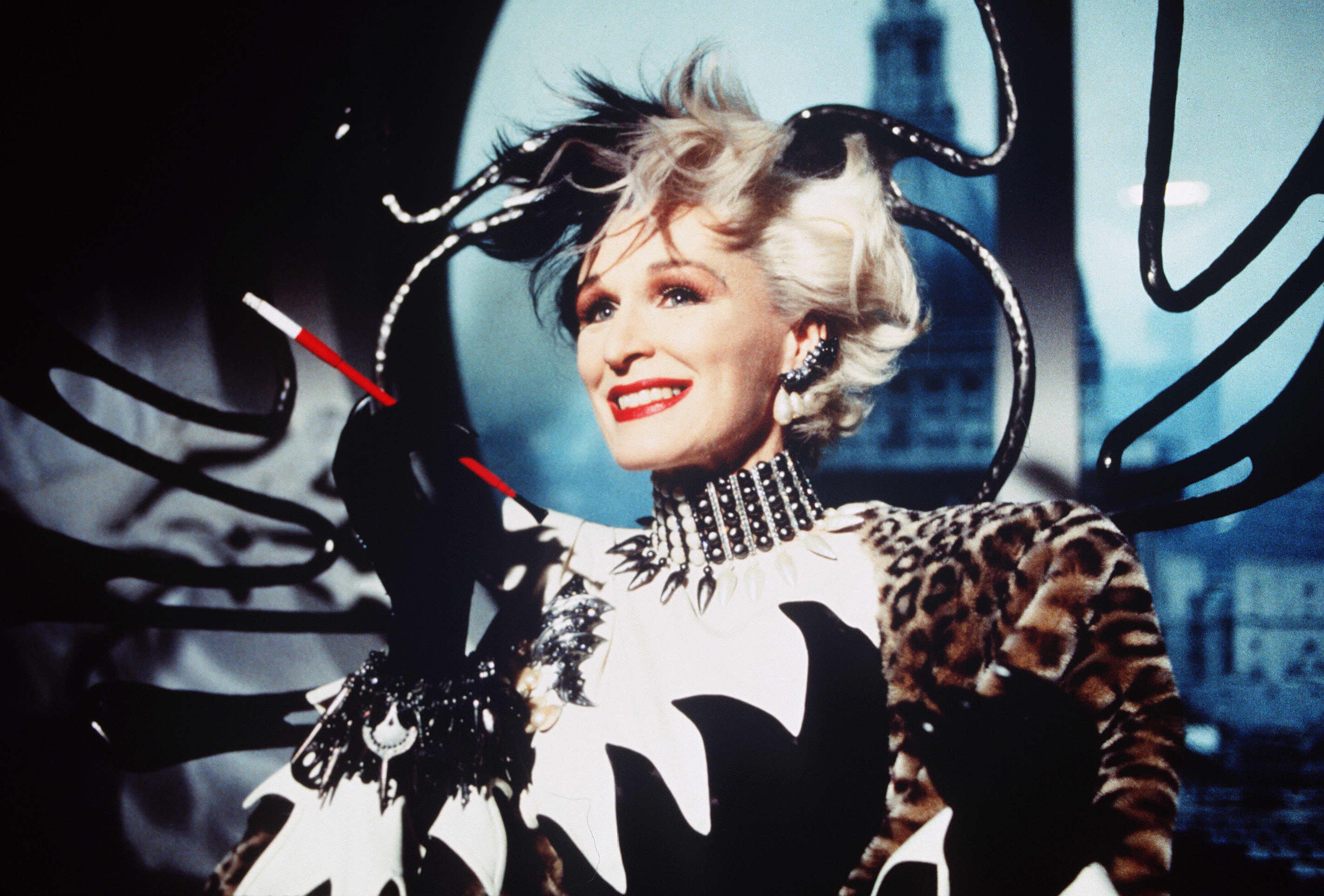
As damning indictments go, that’s a pretty big one.
“Thematically, I thought it would be an interesting approach,” says Craig Gillespie, the film’s director, who also says he was attracted to the idea of fashion as a form of self-expression and way to make a statement – even if that statement is about destroying the establishment that exploited you through equally violent means.
And there’s their dialogue.
Coles says: “I remember Michael Kors once saying he was so inspired by a beach he brought back 80 pounds of stones in his suitcases. The customs agent couldn’t believe it.”

She adds that when Jason Wu proffered collection notes that described styles inspired by watching a waiter in Venice shave truffles on to his pasta, she could understand why many may have found that hard to swallow.
“He’s an artist, so it means one thing to him — colour or movement — but to anyone normal, it would seem ridiculous,” she says. “It often feels that not only are these designers pretentious and the clothes impossible to afford but you are being tantalised by something you can’t have.”
Finerman agrees. “Fashion for so long was something unattainable,” she says. “And when something is unattainable, you feel comfortable attacking it or making fun of it.”
But even then designers did not dress in their most extreme creations to actually work — the Baroness always looks as if she is about to attend a cocktail party
At one point in Cruella, Stone’s character says to Thompson: “You’re going to kill me because I upstaged you?” Thompson’s character responds, not surprisingly, in the affirmative.
But while fashion is a glittering lure to filmmakers, it is also a minefield. How do you caricature something that is already teetering on the edge of caricature without falling into the morass of plain old dumb?
“It’s a really hard balance to achieve,” Finerman says. And it is why, Steele says: “There have been so few really good films about fashion.”
Character
Though fashion is a world that seems “ostensibly accessible”, as Coles says, especially now that shows are live streamed on every social media platform, it’s actually much more nuanced than feature films ever really credit. Just because it looks like an easy target doesn’t make it easy to hit.
Indeed, the most successful fashion films are usually not films about the industry at all but films that use fashionable clothing as expressions of character: Clueless, American Gigolo or The Great Gatsby. Or, increasingly, documentaries that expose the human side of the industry: Unzipped, The September Issue or Valentino: The Last Emperor.
Gillespie says he “didn’t have much sense of fashion films” before starting Cruella and didn’t consult any fashion insiders when he was putting the film together. Rather, he focused on using a wide variety of archival photographs of places such as the Dior workrooms for reference. The film is, after all, set in the 1960s.

But even then designers did not dress in their most extreme creations to actually work – the Baroness always looks as if she is about to attend a cocktail party – or strut the runway with more exaggeration than any model, as Estella/Cruella does.
Perhaps it doesn’t matter and the film does get one big thing right, even if it is not chronologically accurate: Fur is no longer considered chic in many circles.
“Everyone forgets that first and foremost fashion is a business,” Finerman says. You would think that might make it less attractive to Hollywood but you would be wrong. The fashion world of Cruella is not the fashion world of reality but the fashion world of the collective “hive mind”.
And in that hive mind, fashion still appears to be the bad guy despite – or more likely because of – all the buzz.
© The New York Times
Join our commenting forum
Join thought-provoking conversations, follow other Independent readers and see their replies
Comments